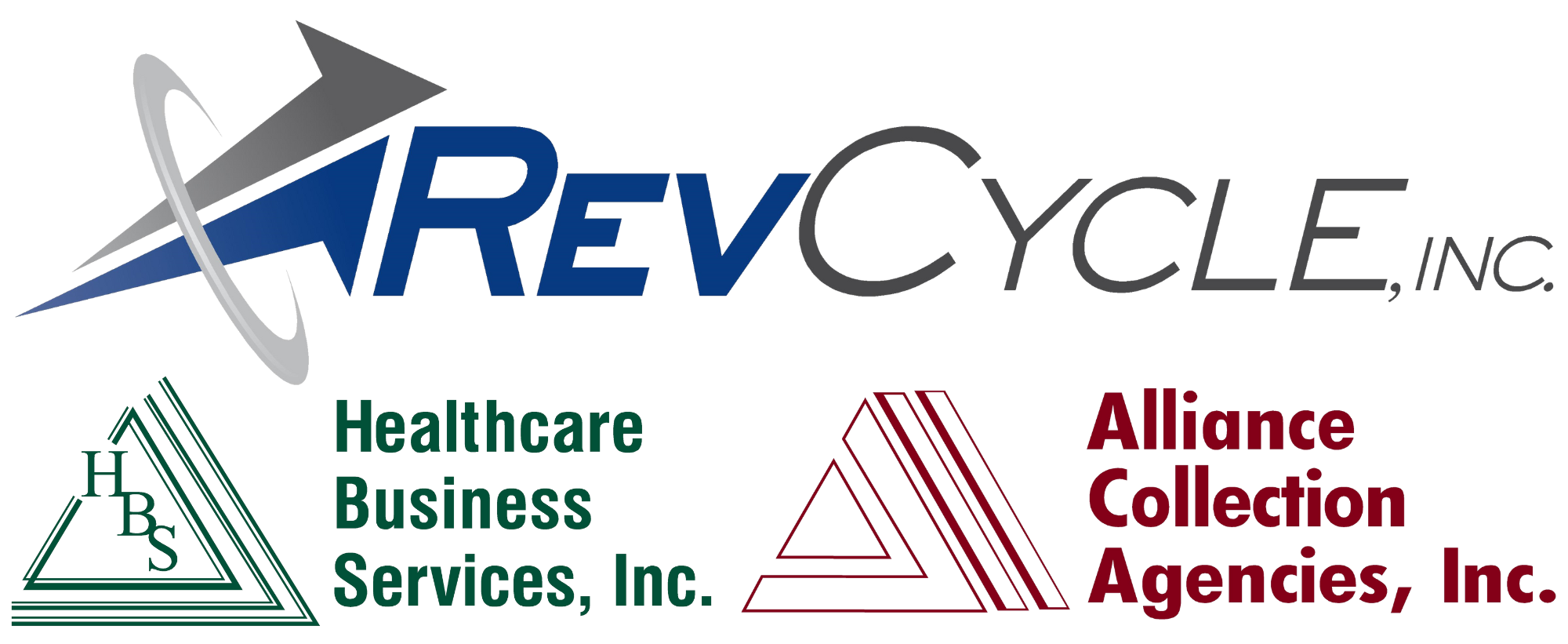Automation technology can’t solve everything.
But, as an increasing number of healthcare leaders agree, it can improve revenue cycle management (RCM).
In a 2020 survey by KLAS and the Center for Connected Medicine (CCM), top health system executives named RCM as the healthcare area most in need of innovation and disruption.
Why? RCM is resource-intensive and not easily scalable for large organizations. Rather than throwing more bodies or hours at the problem—often at the expense of the patient experience—providers are looking for smarter, more cost-effective solutions.
Why RCM Is Ripe for Innovation & Disruption
Thankfully, the very nature of RCM makes it a good fit for automation technologies like AI. It is:
- Resource-intensive, meaning automation offers significant savings potential
- Transaction heavy: Unlike retail, RCM involves multiple customer transactions in order to receive payment, from initial scheduling to submitting a clean claim
- Overly complex and manual, but mostly based on repetitive steps and clear rules
Automation is particularly good at handling tasks where there are codified rules and processes to follow. A significant amount of the patient revenue cycle involves manual and repeated tasks that could potentially be automated. In the KLAS/CCM survey, healthcare leaders identified coding, billing/accounts receivable, and data sharing/interoperability as the main challenges to address with technology (in that order).
Increased focus on patient experience and customer service is another driver of RCM disruption. In order to create a patient-centric environment, staff must be free to focus their attention on patients! Automation can reduce repetitive manual work and redirect valuable workers to higher value tasks.
Two examples of automation technologies most of interest to healthcare providers are Robotic Process Automation (RPA) and Artificial Intelligence (AI).
Robotic Process Automation

In a 2019 survey by the Healthcare Financial Management Association, 15% of healthcare leaders indicated that they planned to invest in RPA. What is this automation technology, and what are its potential applications in the revenue cycle?
RPA is the use of specialized computer programs called robots (or “bots”) to automate repeatable processes. These bots are designed to handle straightforward, repetitive, rules-based tasks and perform the same way every time.
RPA doesn’t replace human-problem solving. Rather, bots can act as virtual helpers, allowing human workers to offload repetitive tasks that don’t require analysis or intervention.
Benefits & Potential Use Cases for RPA
RPA is ideal for tasks that aren’t complicated but take a lot of time. This frees up human workers for more value-added and patient-centric work. Bots can run 24/7, 365 days a year with no need for breaks, and can perform their tasks an estimated 5 to 20 times faster than a human.
RPA also reduces human error. After performing the same task repeatedly, even the most meticulous humans will at some point make an error—transposing a number when carrying over information, for example. Humans also become fatigued or bored performing repetitive tasks. Bots do not. They perform the same task consistently, efficiently and accurately.
Just some of the potential use cases include:
- Prior authorizations
- Insurance verification
- Claims administration
- Status inquiries and follow-ups
- Account segmentation
- Virtual assistant for RCM staff
RPA bots are programmed to perform a specific task the same way every time. They don’t learn or adapt smarter ways to perform the task, or solve problems. For that, Artificial Intelligence (AI) can provide the next level of automation.
Artificial Intelligence (AI)

AI involves the use of intelligent computer systems to simulate human intelligence processes. These processes include learning (taking in information and applying contextual rules for using it), self-correction (learning from successes and failures), and even reasoning (reaching conclusions by applying context and rules). AI does this by using algorithms that identify patterns and plan future actions.
If you’ve ever used a chatbot on a website, Alexa in your home, or Siri on your smartphone to get answers to a question, you’ve encountered AI. Common applications include machine learning, image recognition, speech recognition, natural language processing, and language translation.
Benefits & Potential Use Cases for AI
AI is already well established in clinical use, but is in the early adoption stage for RCM. However, that will soon change. In a 2019 Black Book survey of C-suite healthcare executives, 88% anticipated widespread implementation of AI within the next five years.
Healthcare leaders are still exploring the specific ways this advanced technology can help improve both financial performance and the patient experience.
Just some of the potential use cases include:
- Estimating out of pocket costs in real time
- Computer assisted coding (CAC), using natural language processing to interpret clinician notes
- Clinical documentation improvement
- Prior authorizations
- Claim status checks
- Analyzing EHR notes and clinical data to identify gaps and deficiencies
- Chatbots and textbots to answer questions
- Scheduling (can account for peak times, availability, resource load)
- Predicting availability of payer representatives in order to cut down on multiple calls and long hold times
- Matching patients with providers
AI can work with RPA to create what’s known as end-to-end or “unattended” automation. While RPA uses pre-programmed logic to handle structured data, like entering numbers on a form, AI creates its own logic and can handle unstructured data, like free typing in a chatbot or textbot or analyzing speech in a phone call. Healthcare RCM involves both kinds of data. By combining RPA and AI, it’s possible to automate an entire process from start to finish.
One of the best examples of this combination is prior authorizations—one of the most burdensome RCM tasks. RPA bots can carry out the repetitive tasks usually performed by staff during the authorization process, while AI can learn from historical denials to anticipate changes and flag potential issues.
While AI can automate many processes, it doesn’t eliminate the need for human workers. AI can serve to get the right information to the right person at the right time when human intervention is needed. As we covered in our article on Patient Experience in the New Normal, while patients may prefer automated methods for basic tasks, they still want a real person to help during “moments of truth”—interactions that involve solving a critical issue or making a care decision.
RevCycle Can Help You Improve Profitability and Your Patient Experience with the Right Technology
The promise of lower operational costs may have providers jumping at the idea of implementing the latest AI technology, and there are no lack of options. However, it’s important to be extremely intentional when choosing and implementing automation. Automation isn’t about merely cutting labor costs, but about freeing up staff for valuable patient-centric work. When applied strategically, it can reduce operational costs while also improving the patient financial experience and staff morale.
RevCycle can help you get the best possible return on your tech investment with practical solutions. Below are just some of the technologies we have utilized for years to increase our efficiency in the optimization of your revenue cycle:
Advanced Tools & Reporting
- Call Manager – Real time monitoring and coaching
- Electronic call scoring and communications database
- Customer Care Analytics Program
- Credit File Monitoring – Triggers Program
- Ability to pay monitoring
- Payment arrangement modeling
- Group Instant Messaging for effective patient communication and reduced hold times
- Multiple skip-tracing portals
- Interactive voice response
- Dual channel voice recording
Robotic Process Automation (RPA)
- Automated predictive dialing on qualified numbers (TCPA compliance)
- Patient specific, Foti compliant automated messages
- Professional strategists collaborate regularly to determine best segmentation & automation usage
- System evaluations for legal requests
- Cell phone updates and status changes
Send us a message or call 888.576.5290 to schedule a phone consultation at your convenience. We’re happy to address any revenue cycle concern!

